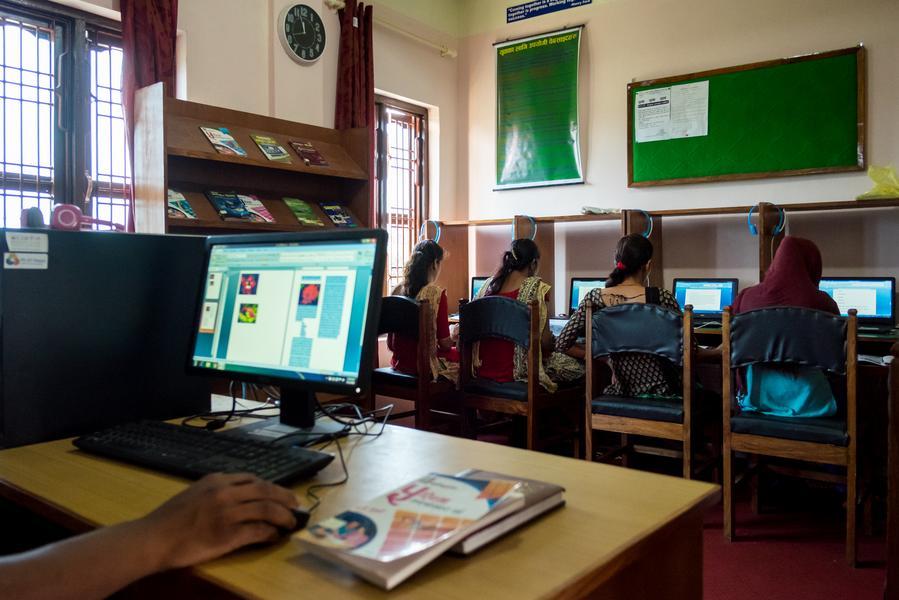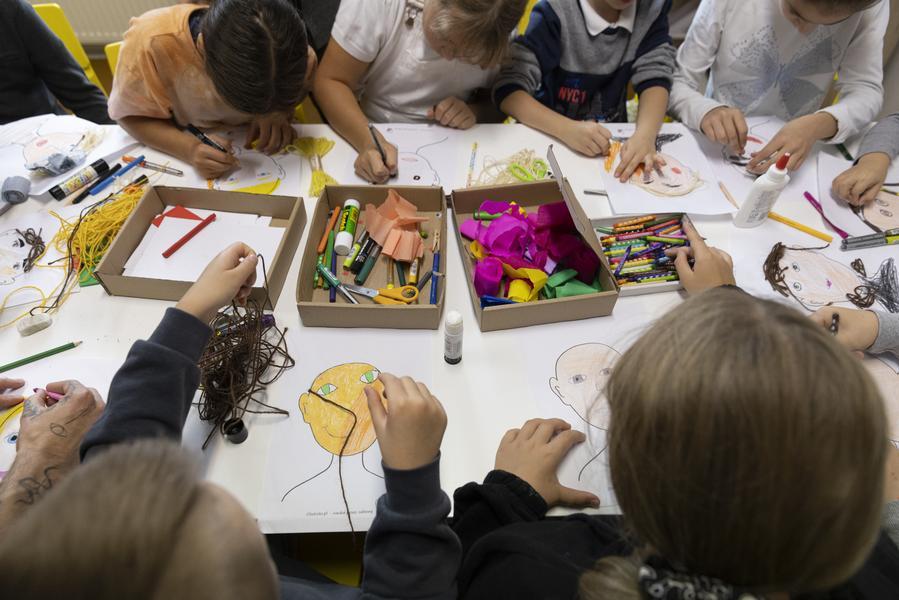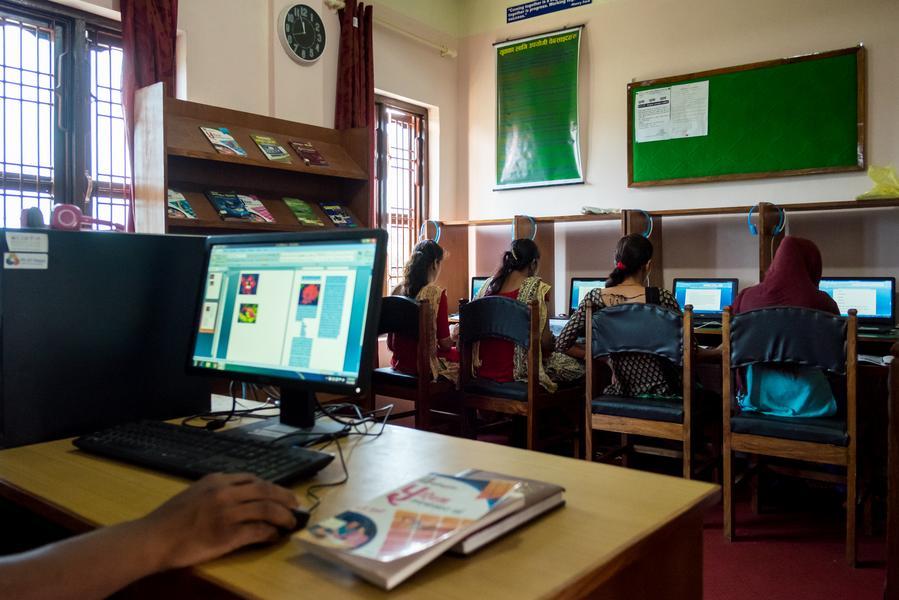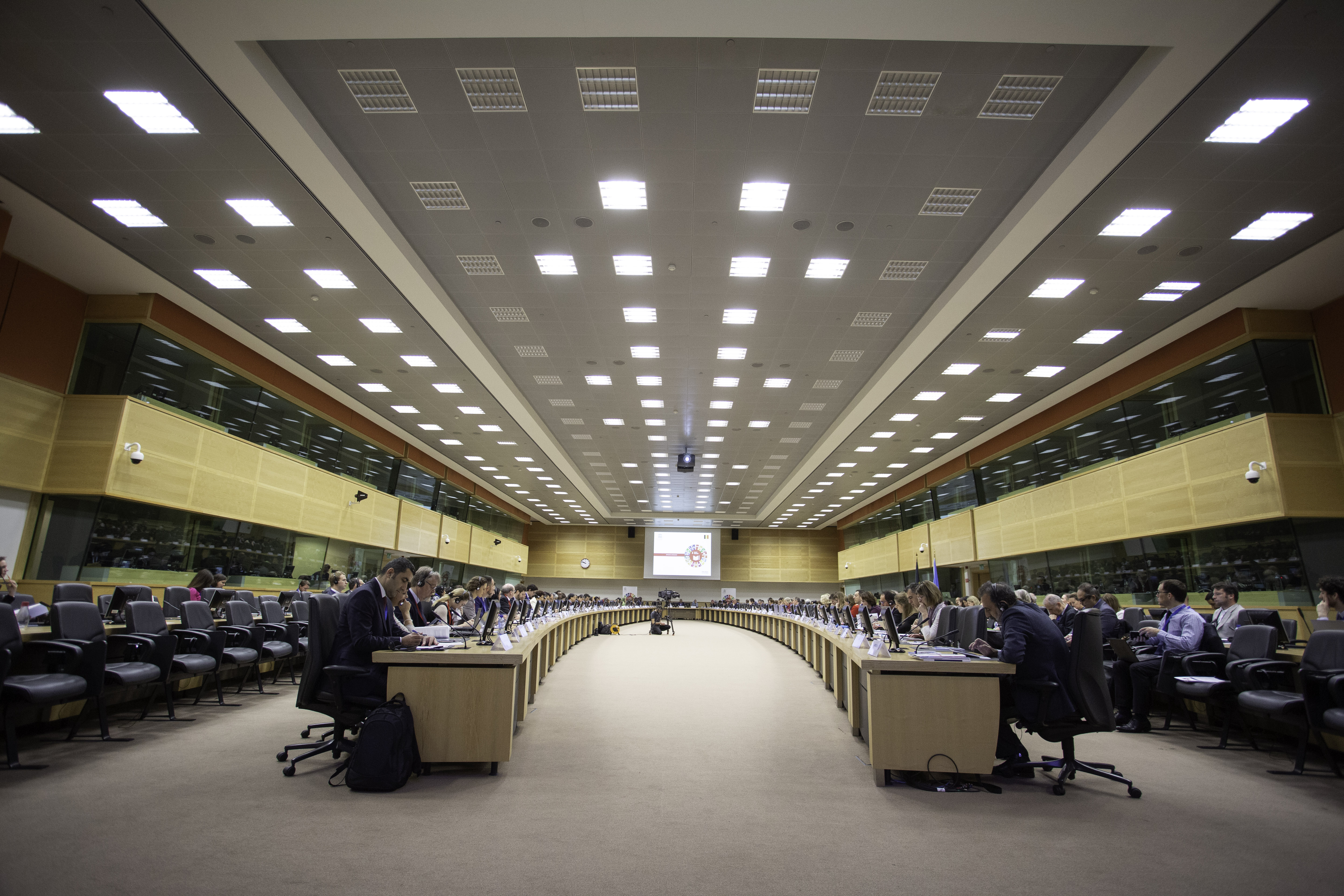
Policies
UNESCO Happy Schools
Context and Problem
The traditional education system prioritizes academic performance over the happiness and well-being of the students. This affects the engagement levels of students and their willingness to learn. The notion that happiness and excellent academic performance cannot co-occur is incorrect. The UNESCO Happy Schools initiative looks to prove that.
Solution
The Happy Schools initiative places happiness at the core of education policy. The framework of this school system is based on four pillars: people, process, place, and principles.
The people pillar focuses on creating supporting and collaborative relationships, physical and social-emotional well-being, and positive attitudes. The process pillar aims to create a balanced curriculum, flexible assessments encompassing the holistic syllabus, and active learning experiences. The place pillar applies to both physical and digital school spaces. This is done through accessible and sustainable infrastructure, spatial design, and physical schools as a social hub for community learning. Finally, the principles pillar focuses on trust, inclusion, and empowerment.
Countries can engage with this program in one of four ways: direct country support from UNESCO, countries utilizing the framework and applying it to their education systems, peer learning and advocacy, and knowledge generation and distribution.
Impact
Countries like Yemen, Japan, and Portugal have begun implementing the Happy Schools methodology. The countries have reported improvements in teacher training, socio-emotional learning, and overall school culture due to prioritizing happiness.
Analysis
Placing happiness at the core of education may seem abstract, but the UNESCO Happy School program showcases that it can be done and emulated. Countries have several options when creating policies based on happy schools. In the long term, this strategy would lead to a drive for learning and increased engagement among the students.












